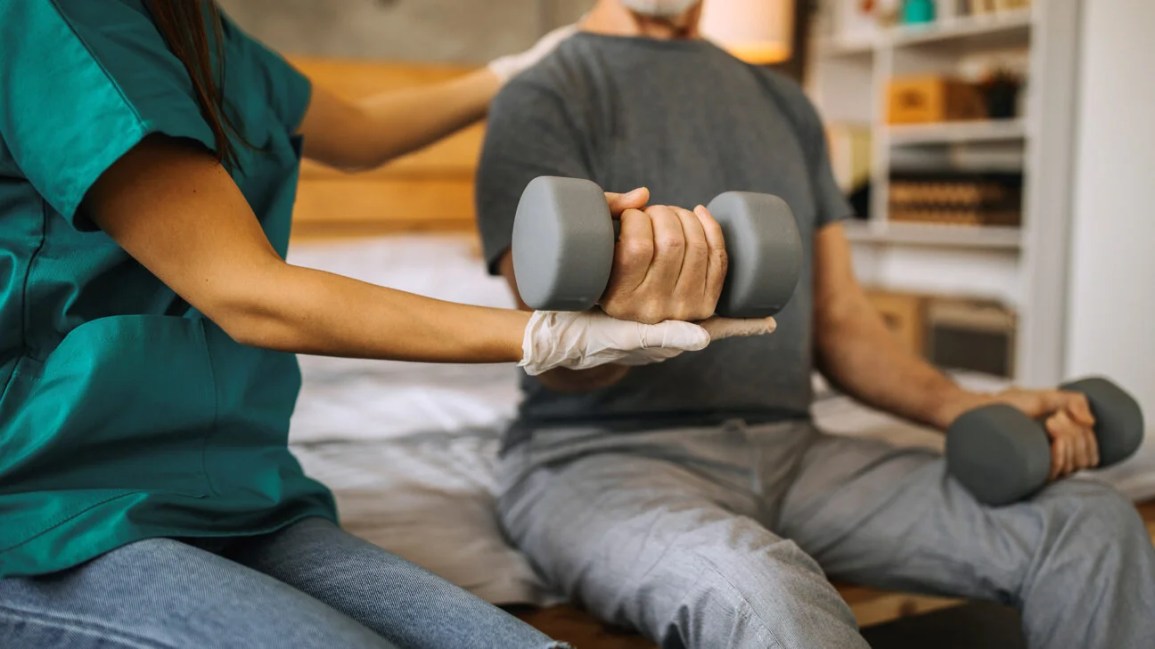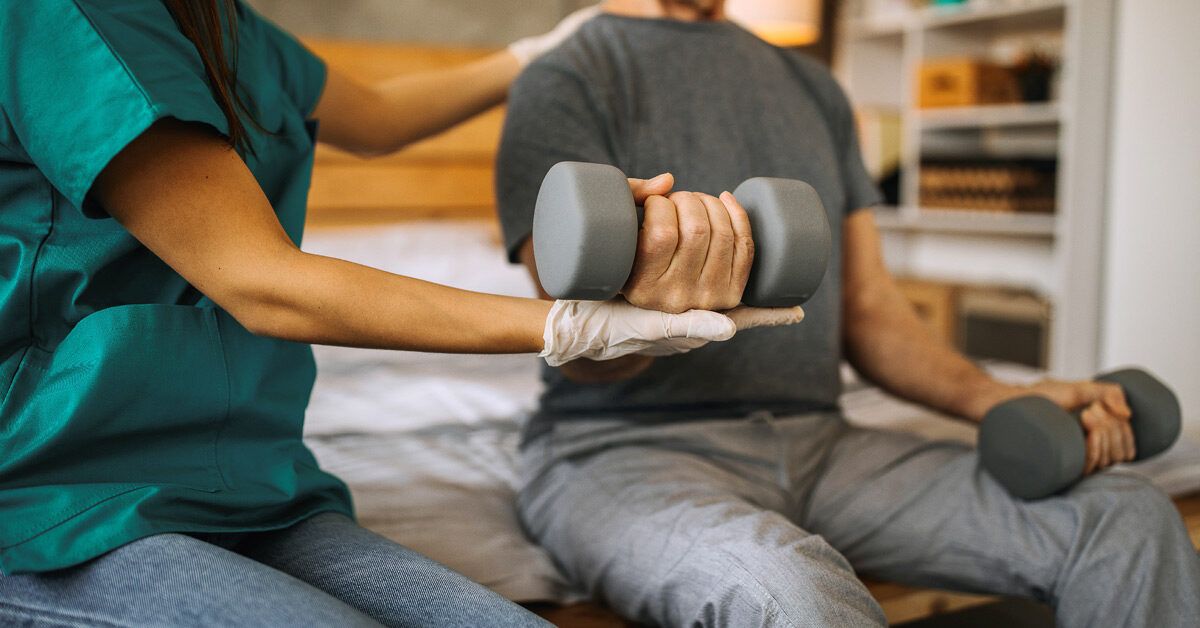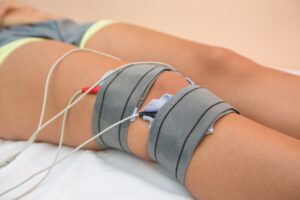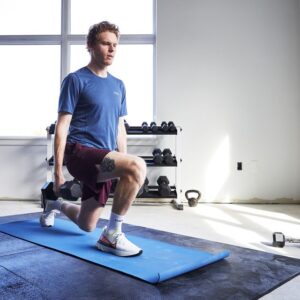Physical Address
304 North Cardinal St.
Dorchester Center, MA 02124

Rehabilitation for golfer’s elbow typically includes physical therapy and strengthening exercises to improve flexibility and reduce pain. It focuses on strengthening the forearm muscles and improving range of motion to aid in recovery.
Golfer’s elbow, also known as medial epicondylitis, is a common overuse injury that causes pain on the inner side of the elbow. Proper rehabilitation is essential to alleviate symptoms and prevent further damage. Physical therapy exercises can help to stretch and strengthen the affected muscles, reducing pain and promoting healing.
Additionally, using ice packs and anti-inflammatory medications can help manage pain and swelling. With a comprehensive rehabilitation plan, individuals can often recover fully and resume their normal activities without persistent pain.
Golfer’s Elbow can be caused by various factors that put strain on the tendons in the elbow. Recognizing these causes is crucial in developing an effective rehabilitation plan.
Repetitive wrist movements during golf swings can lead to golfer’s elbow due to the constant stress placed on the elbow tendons.
Incorrect swing technique is a common cause of golfer’s elbow as it puts excessive pressure on the tendons and muscles in the elbow.

Credit: m.youtube.com
Golfer’s elbow can be identified through symptoms like forearm pain and tenderness. Rehabilitation for this condition involves exercises, stretches, and rest to promote healing and strengthen the affected muscles.
Golfer’s elbow manifests as pain on the inside of the elbow. This discomfort may worsen with gripping or lifting objects.
Another indicator is weakness or numbness in the forearm. This can impact grip strength and fine motor skills.
When it comes to rehabilitating golfer’s elbow, incorporating effective rehabilitation exercises is key. These exercises target the muscles and tendons in the wrist and forearm, helping to strengthen and restore flexibility. By engaging in a targeted exercise regimen, individuals can improve their recovery process and alleviate pain associated with golfer’s elbow.
Wrist curls are a popular exercise for rehabilitating golfer’s elbow. This exercise specifically targets the flexor muscles in the forearm, which play a crucial role in gripping and swinging motions. To perform wrist curls:
Incorporating forearm pronation and supination exercises into your rehabilitation routine can help strengthen the muscles surrounding the elbow joint. These movements involve rotating the forearm to target different muscles. Here’s how to perform forearm pronation and supination exercises:
Eccentric wrist flexion exercises focus on lengthening and strengthening the muscles in the wrist and forearm. This type of exercise is particularly beneficial for rehabilitating golfer’s elbow. Here’s how to perform eccentric wrist flexion:
By incorporating these effective rehabilitation exercises into your treatment plan, you can accelerate your recovery from golfer’s elbow and regain strength and flexibility in your wrist and forearm. Remember to start with light weights and gradually progress to more challenging levels as your condition improves. As always, consult with a healthcare professional before starting any rehabilitation program.

Credit: www.healthline.com
Golfer’s elbow is a common overuse injury that can cause pain and discomfort in the inner side of the elbow and forearm. The good news is that there are effective treatment options available to help relieve the symptoms and promote healing.
Rest is essential for allowing the affected area to heal and recover. To reduce swelling and alleviate pain, ice therapy can be applied to the elbow for 15-20 minutes, several times a day.
Physical therapy plays a crucial role in the rehabilitation of golfer’s elbow. Specialized exercises and stretches can help strengthen the muscles and improve flexibility in the affected area, promoting healing and preventing future injuries.
NSAIDs such as ibuprofen and naproxen can help reduce pain and inflammation associated with golfer’s elbow. These medications can be taken as directed by a healthcare professional to manage discomfort and support the healing process.
Golfer’s elbow can be a painful and frustrating condition, but it is often preventable with the right strategies. By taking proactive measures, you can reduce your risk of developing this common overuse injury. Here are some effective ways to prevent golfer’s elbow:
Before starting any golfing activity, it’s crucial to warm up your muscles and joints and perform specific stretches to prepare for the movements involved. Give special attention to the muscles in your forearm, wrist, and shoulder to ensure they are adequately primed for the game. A well-planned warm-up routine can help prevent the onset of golfer’s elbow by improving flexibility and reducing tension.
The right equipment can make a significant difference in preventing golfer’s elbow. Ensure that your golf clubs are properly fitted to your body proportions and swing mechanics. Additionally, consider using grips that are designed to reduce strain on your wrists and forearms. Investing in equipment that is ergonomic and supportive can help minimize the risk of injury during play.
When training or practicing, incrementally increase the intensity of your activities instead of pushing yourself too hard from the beginning. By allowing your muscles and tendons to adapt gradually, you can avoid overloading them and reduce the likelihood of developing golfer’s elbow. Performing a variety of targeted exercises can also aid in building strength and resilience in the relevant areas. Consistency is key to long-term prevention.

Credit: www.pinterest.com
Golfer’s elbow typically takes 6-12 months to heal with proper rest, physical therapy, and treatment.
Yes, stretching can help alleviate golfers elbow by improving flexibility and reducing muscle tension. Be gentle and avoid overstretching to prevent further strain.
Wearing your golfer’s elbow brace all the time is not necessary. It is best to follow the guidance of your healthcare professional to determine when and how long to wear the brace for optimal healing and support.
Yes, it is generally safe to lift weights with golfers elbow, but it’s important to avoid exercises that worsen the pain. Focus on lighter weights and proper form to prevent aggravating the condition. Consult a doctor or physical therapist for personalized advice.
To conclude, rehabilitation for golfer’s elbow is crucial for a successful recovery and return to the game. By following the recommended exercises, stretches, and treatment options, individuals can alleviate pain, strengthen the muscles, and improve flexibility. It is essential to listen to the body, pace the rehabilitation process, and seek professional guidance if necessary.
With consistent dedication and a tailored rehabilitation program, golfers can regain their swing and enjoy the sport they love.

